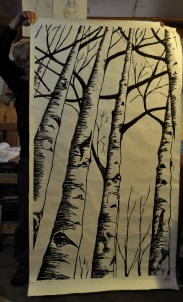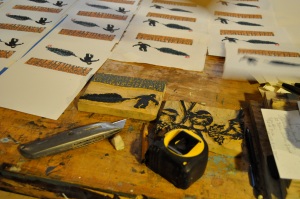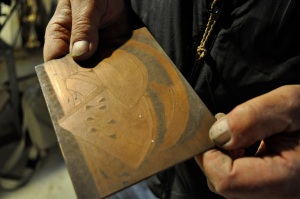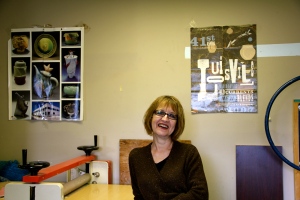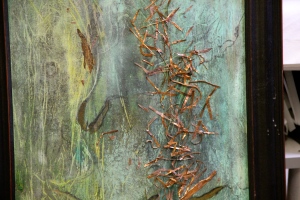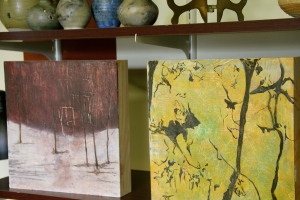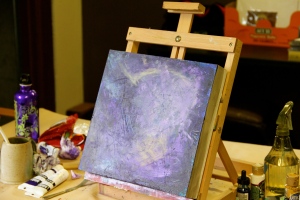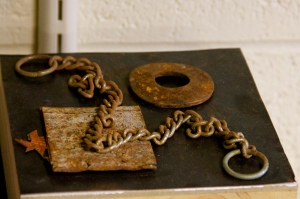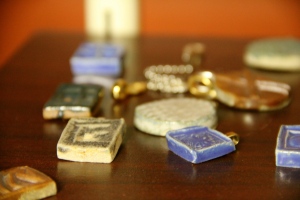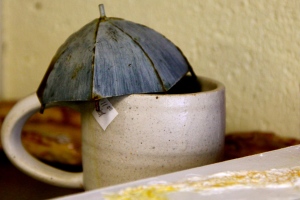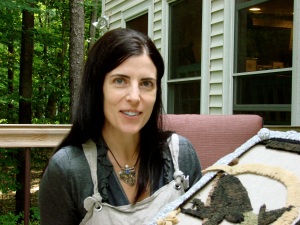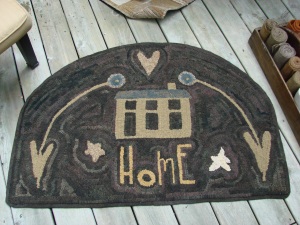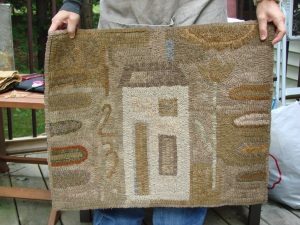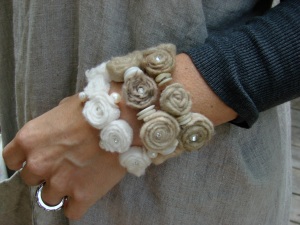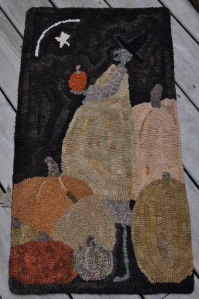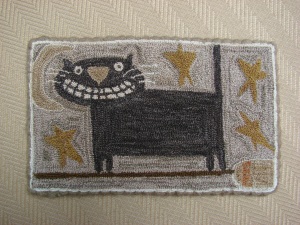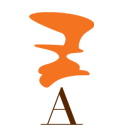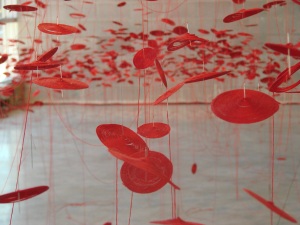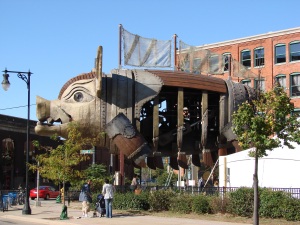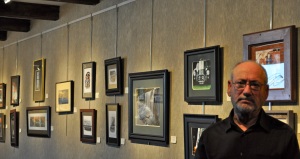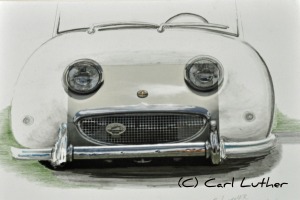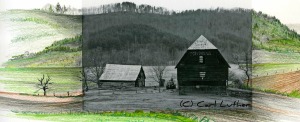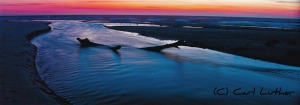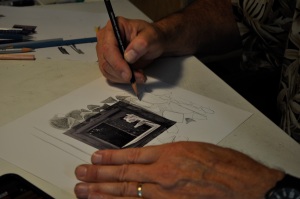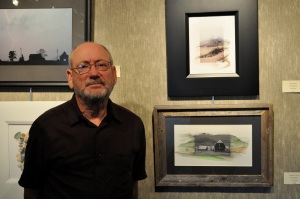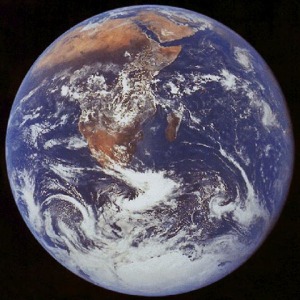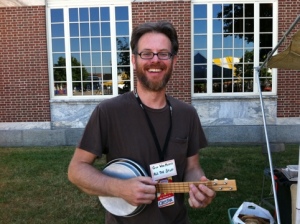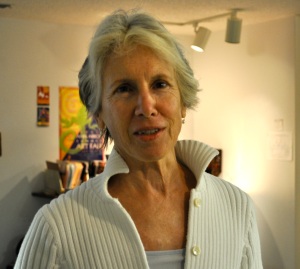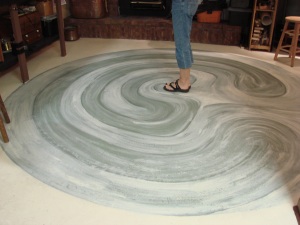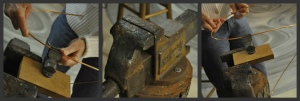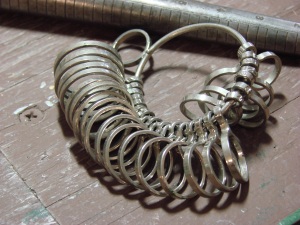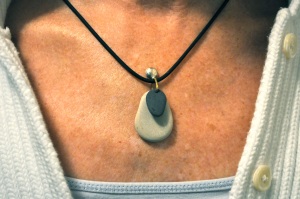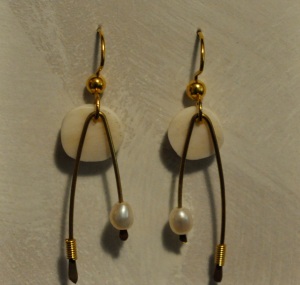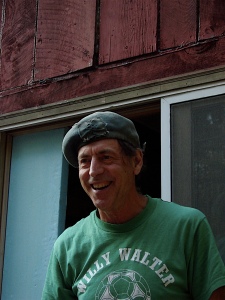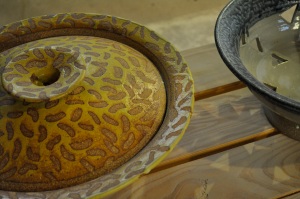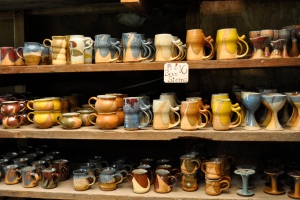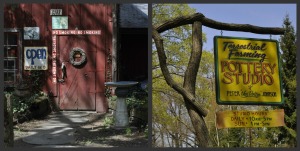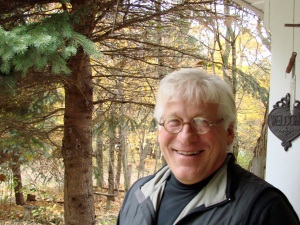
What do you love about where you live?
I have the lakes at my door step, and the four seasons.
What might your perfect afternoon look like?
My perfect afternoon would be a bright sunny day with the sliding door open to my studio and getting lost in my art project.
When you need to simply take a breath and reground yourself, what do you do?
Stop, look and listen. Then go to the kitchen and get a cup of coffee, a drink of water, or a cup of tea. Call my son or daughter, or hug my wife.
When did you know you were an artist?
I am not sure, I feel like I may not be able to answer this question. I always made things even as a child. I would always be drawing things, or perhaps doodling. I kind of carried a belief that anyone could do the things I could do.
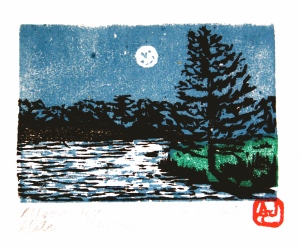 What are your secrets for finding time for your art or how do you manage your time?
What are your secrets for finding time for your art or how do you manage your time?
Time is valuable, we are only here for the time we have. I have no secret for finding time, if I have “free time” I know how to spend it.
What advice would you give someone starting out to turn their creative dreams into reality?
Don’t hesitate, you have nothing to lose from trying. You can find direction almost any where. Try your local art center for some quick available lesson, or even register for a class at the nearest college.
What is your preferred medium and why?
I like printmaking with several different methods. Woodcuts, engraving and different hand tools. I like using different etching methods. I also like painting and drawing, and carving three dimensional forms. I like making things with my hands that come from that spot that is part brain, and part heart.
What’s your background?
I am educated in studio fine art, and education. I also have studied Industrial Art. I have had the great fortune to study under some of the best art instructors at Muskegon Community College, Grand Valley State University, and the University of Iowa. Trips to other cities and states always include finding an Art Museum, locating Galleries, or finding someone’s studio.
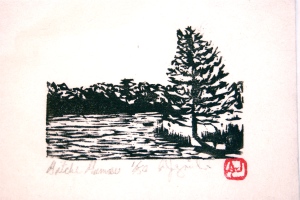
What jobs have you done other than being an artist?
I have had the privilege to teach Cabinetry & Wood Shop at the high school level. I’ve also worked in the casting industry, and a couple of different areas in rehabilitation. I am a licensed builder experienced in carpentry and the areas of painting & decorating. My experience allows me to combine my art skills with architecture. I have made many relief panels for custom signs, decor fixtures, and installations.
What do you like about your work?
I like to work with things that are in my immediate environment. It could be the lake, the trees, or maybe a bird pecking at a seed on the ground. There are many things in our living spaces that seem to go unnoticed at times. If anything, what I like about my work is the process of making it.
What’s the best piece of advice you’ve been given?
When there is nothing else you can do about your present situation, or when you are waiting for something to occur, this is the best time to be working on something you like to work on.
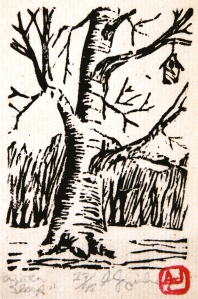 One of the hardest things for artists to do is to stand apart from everyone else. How long did it take you to come up with your own style and signature look?
One of the hardest things for artists to do is to stand apart from everyone else. How long did it take you to come up with your own style and signature look?
I’m still working on it. I believe that how we make things is influenced by our perspective of the world we live in. Life continuously changes, at times when we don’t even want it to. When I think of a “personal style”, I’m not too sure of what to say. We go through so many changes that it has to show up in the art we make.
What is your inspiration for your pieces? What keeps you motivated?
Most of the time I think I am doing what I am supposed to be doing. In terms of making art, for me, it is the action of making it. In printmaking, carving out the plates is most gratifying. During a drawing session, the act of placing the figure on paper, then allowing the development of composition to unfold has a sort of fascination. There are times when I find myself in the Muskegon Museum of Art, standing in front of the Curry painting, or looking for the Charles Burchfield trees. If time allows, I might look up some other printmakers on the internet. There are all sorts of areas in the world where you will find art history to look at.
What was it that made you want to start creating? Did something specific trigger it?
I come from unusual circumstances as a child. The farm my father bought when we were young had some really old books in the attic that explained and schematically showed you how to make different things, from building a boat to drawing a wild bird. They even had plans for carving animal figures. I really liked those books, sometimes I think they saved me from some of the other extremes I could have chosen.
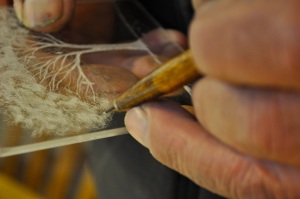 How concerned are you about environmental issues? Does this affect your work?
How concerned are you about environmental issues? Does this affect your work?
I do think it affects my work, I like landscapes and nature. And then we also live in a throw-away society. We all need to take an active part in knowing what we throw away, and how we throw it. Most of the plastic we use is oil base, and more than likely oil is a foundation for other products other than burning it in cars. When I think of cars, I then think of crows and other scavengers that clean up the road kill that we cause from being in a hurry. I am also drawn to the age old folklore connected to the creatures in our environment. Technology will always have an effect on our immediate environment. Many things become common place in such a short amount of time especially when it improves “quality of life.” Most of our neighboring states have wind generators that seem to flow over the rolling hills, they create an interesting landscape, not to mention long term employment.
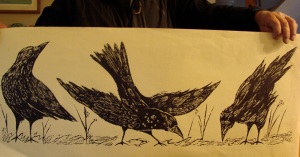 For more information, please see:
For more information, please see:
Blog – http://andrewjagniecki.blogspot.com
Etsy – http://www.etsy.com/shop/andrewjagniecki

